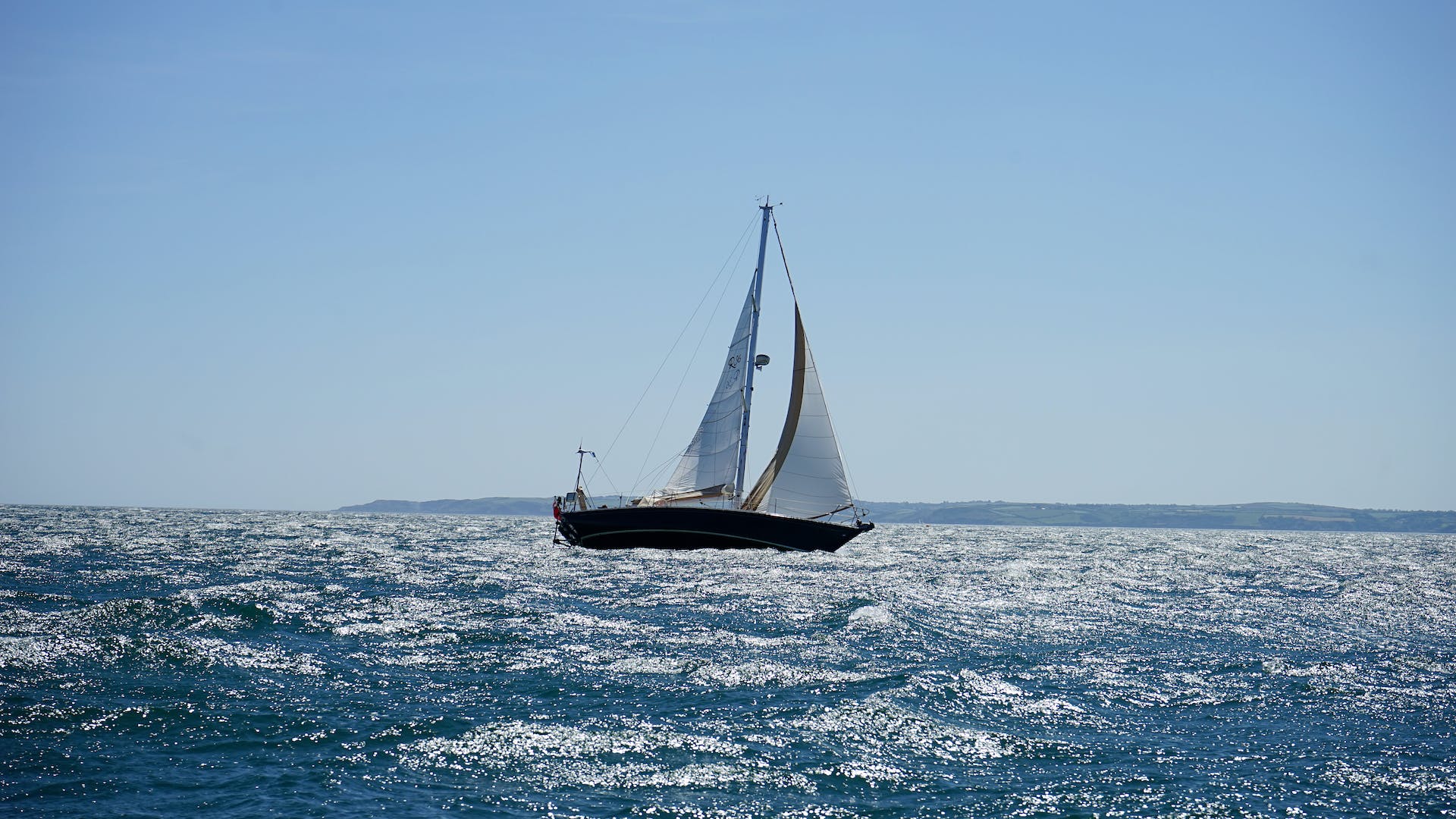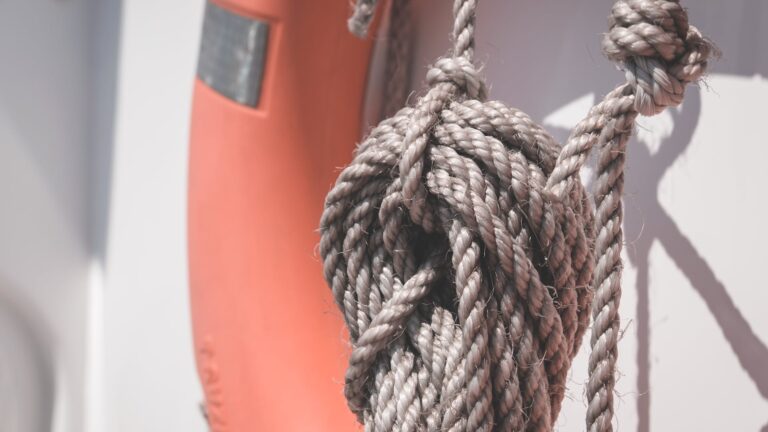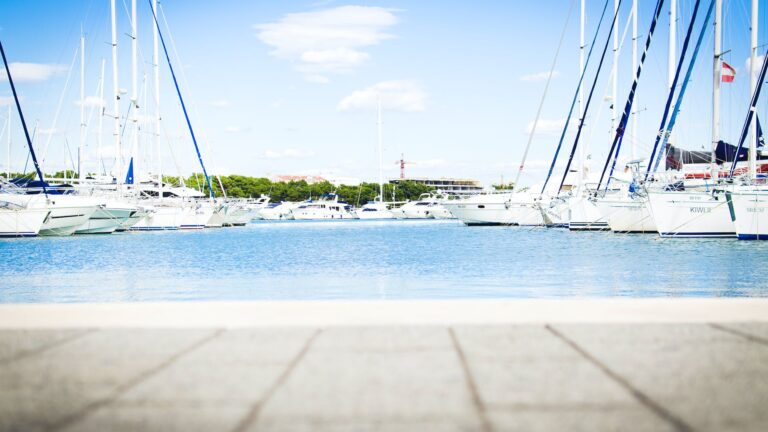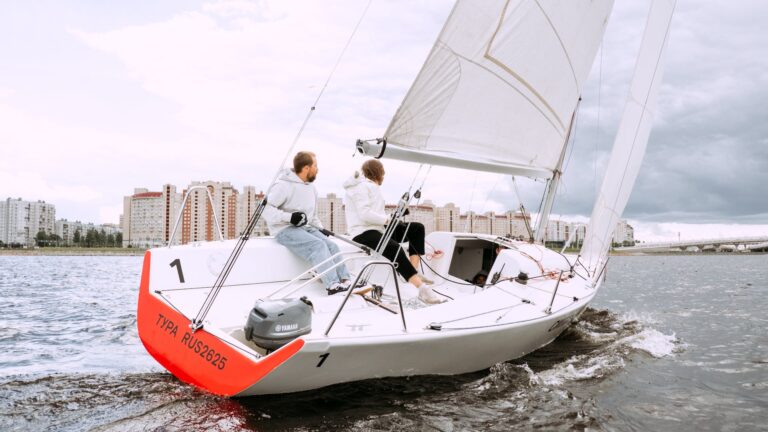At what wind speed do you reef?
At What Wind Speed Do You Reef?
Introduction
Why Reef?
When to Reef?
Factors to Consider Before Reaching for the Reefing Line
Sail Area and Wind Speed
Boat Design and Weight
The Tacking Angle
Heeling Momentum
Weather Forecast and Sea State Conditions
What’s the Right Call?
Conclusion
At What Wind Speed Do You Reef?
Sailing is an exhilarating experience, yet, at times, it can be a dangerous one. To ensure the safety of your crew, it’s important to understand when to reef—the process of reducing sail area by lowering part (or all) of the mainsail. Knowing when to reef is key to safely navigating through different wind conditions. But, at what wind speed should you reef?
Introduction
Reefing is the sailing technique of reducing sail area in order to better handle increasing wind conditions. This process is achieved by rolling up part (or all) of the mainsail and tying it down with a reefing line. In this way, you can reduce the amount of exposed sail area so your boat can remain stable and under control.
## Why Reef?
Reefing is an essential sailing skill for those who venture out into strong winds or rough seas. It helps prevent your boat from becoming overpowered, which can cause it to heel excessively or become unstable and capsize. Additionally, if done correctly, it can help you maintain control in challenging conditions and ensure that your boat sails safely through them without any damage or injury to its crew.
## When to Reef?
Most boats are designed to require the first reef in around 18 knots apparent wind when sailing to windward. Some lighter coastal-orientated boats may struggle in 15 knots while heavier offshore designs will still be happy at 20 knots or more. The exact figure will depend on a number of factors such as sail area and boat design but 18 knots is a good starting point for most vessels.
## Factors to Consider Before Reaching for the Reefing Line
When deciding whether or not you should reef, there are several factors that you should consider:
## Sail Area and Wind Speed
The bigger the sail area, the more power you have from the wind but also greater potential for instability as well as heeling momentum. So if you have a large mainsail with lots of exposed surface area then it’s best to start thinking about reefing sooner rather than later when faced with increasing winds. On the other hand, if you have a smaller mainsail then you may be able to hold off until later before needing to take action.
## Boat Design and Weight
The design of your boat will also play an important role in determining when it’s time to reef as some boats are inherently better suited for sailing in strong winds than others. Heavier boats tend to be more stable than lighter ones so they can handle higher winds more easily while lighter boats may require a more conservative approach with earlier reefs being taken in lower winds.
## The Tacking Angle
The tacking angle is another important factor that must be taken into account before deciding when it’s time to reef. If your boat has a fairly close tacking angle then you may need to consider taking action sooner than if it had a wider angle since this will increase heeling momentum which could lead to instability issues if not kept under control.
## Heeling Momentum
Heeling momentum occurs when your boat starts leaning over due to high winds causing increased pressure on one side of the vessel which leads it into an increasingly steep lean on that side as long as there is sufficient wind present. This can be extremely dangerous as there’s potential for capsizing so if your boat starts showing signs of heeling too much then it’s definitely time for reefing action!
## Weather Forecast and Sea State Conditions
Finally, always keep an eye on both weather forecasts and sea state conditions before venturing out on any voyage as these factors can greatly influence when you should start considering taking action with regards to reefing your sails in order keep everybody safe onboard!
## What’s the Right Call?
At this point, some sailors may be asking: what’s the right call? Unfortunately there isn’t one definitive answer as every situation is different and requires an experienced eye along with some sound judgement skills from its captain/skipper/crew in order make sure everyone onboard stays safe throughout their voyage!
## Conclusion
In conclusion, knowing when it’s time for reefing can mean all the difference between having a successful voyage or ending up in trouble due to excessive heeling or capsizing caused by overpowered sails! The key takeaways here are: consider sail area size; assess boat design; look out for signs of heeling; pay attention weather forecasts; and use sound judgement skills!







